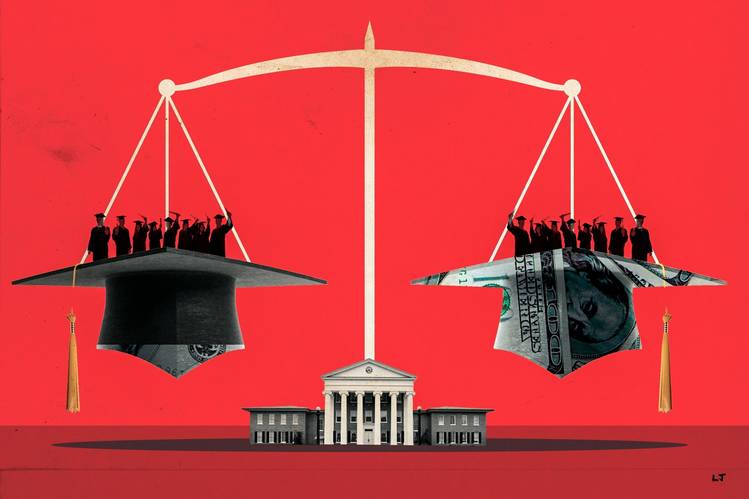By Victoire Heyworth, Year 12
The constant pressure of achievement put me in search for the best way to study without losing my time aimlessly, so I tried a few popular techniques.
The first one is pure improvisation, and I think this one’s success rate is fairly obvious… The second one is studying the night before. Last minute cramming sometimes is necessary and CAN work. But then, it never is a guarantee, so if you are willing to gamble your way out, try the late night last-minute cramming technique, also known as poor organisation!
More seriously, I tried the Pavlov technique, but for studying. Get your books, laptop, and pens ready. When you turn the lamp on your desk on, start studying. The moment you lose your edge, whether it is 2 hours or 15 minutes later, turn off the lamp and leave the desk. What this does is that it conditions you to study and focus when that lamp is on. We might think that we are smarter than animals, but the conditioning was used with dogs; each time Pavlov would ring a bell, he would feed the dogs. Over time, the dogs started to salivate only with the sound of the bell, because of their habit of receiving food immediately after. We aren’t that different. This is effective because it serves as a constant reminder that studying must equal the lamp being turned on, it’s tricky to unavoid.
Then, there is breaking down to the basics, also called the Feynman Technique. Richard Feynman, who was a Nobel laureate for Physics, unlocked a new way to “dumb down” very complex topics. This method has a few steps: select a concept to learn, explain it like you were trying to explain it to a child, create analogies, identify gaps in your explanation, go back to the source, and transmit it (if possible) to someone else. It’s easy enough to commit terms to memory, and repeat them back when needed. However, memorisation is not understanding. When we can’t rely on big words that make us sound smart, we have to break down what we truly know to the most basic form. “Any intelligent fool can make things bigger, more complex, and more violent. It takes a touch of genius—and a lot of courage—to move in the opposite direction.” -E.F. Schumacher. The Feynman technique seems to me like the best way to study the Sciences or Maths. For example, integration by definition is “the continuous analog of a sum, which is used to calculate areas, volumes, and their generalisations.” Broken down, this means the area of something which can’t be worked out with simple geometry.
Another method is spaced repetition. It is the practice of reviewing material at systematic intervals. At the beginning of the learning process, the intervals are spaced closely together (for example, one hour; four hours; one day), and as the material is reviewed, the intervals become systematically longer. Ideally, the system of spaced repetition allows you to review the material before it is forgotten, helping you to retain it in your long-term memory rather than just for the next day’s test. You can include spaced repetition in your studying with the “Box Method”: When you create a new flashcard, place it in the first box. At your next review session, if you correctly recall the information, move the card to the second box, which is reviewed less frequently. Cards in the second box which you correctly recall after a longer period are moved into a third box etc. If a card in a later box is forgotten, move it back to an earlier box to review it more frequently.
The last, and proven to be the most effective method is active recall. It is a study method that flips traditional learning. Students learn by trying to put information into their brains; with active recall, you learn by retrieving information from your brain. Although this may sound strange, in practice, it’s very straightforward. Active recall involves taking a topic you wish to learn, creating questions based on that topic, and then repeatedly testing yourself on those questions. By forcing your brain to retrieve the information, it ensures that you learn it instead of just passively reading it. A practical way to do this is to create questions at the end of your study session so that when you next revise that topic, you can go straight to the questions and answer as many as you can without reading your notes. For any questions you get wrong, return to your notes afterward until you can answer the question correctly.
Generally, you just need to find your way of working. Don’t procrastinate like I did with this very article: “It’s extracurricular, so I’ll do it later”, I ended up giving this late on the deadline. Trying these methods can be helpful in replacing doom highlighting and pretty flashcards with real learning.



